Pickleball is a fast-paced and exciting sport that combines elements of tennis, badminton, and table tennis. One crucial skill that can greatly enhance your performance on the pickleball court is the ability to volley effectively. The volley, which refers to hitting the ball in mid-air before it bounces, plays a vital role in dictating the tempo, control, and outcome of the game.
In this article, we will explore the significance of the volley in pickleball and provide valuable tips and techniques to help you develop a strong and reliable volley. Whether you are a beginner looking to improve your game or an experienced player seeking to refine your skills, mastering the art of the volley will undoubtedly elevate your pickleball performance to new heights.
Latest Article – The Ultimate Guide to Finding the Best Pickleball Paddle for Spin
How to play volley in pickleball
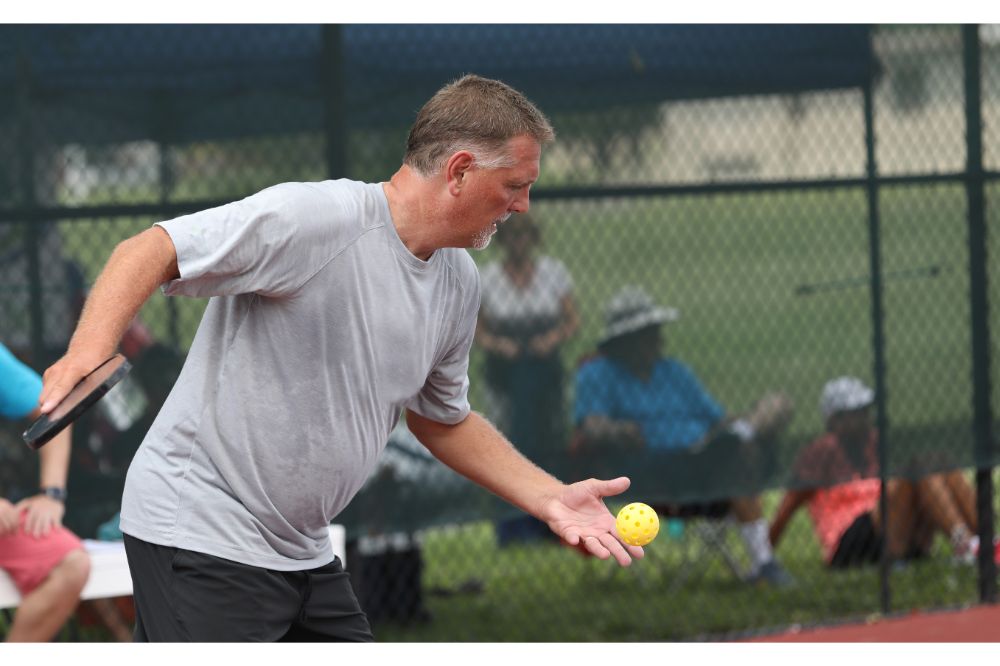
In pickleball, a volley is a shot that is hit before the ball bounces on the ground. It requires quick reflexes and hand-eye coordination to make contact with the ball in the air. Unlike in tennis, where volleys are common, pickleball volleys are primarily used near the net.
Importance of volleys in the game
Volleys play a vital role in pickleball as they allow players to maintain control and react faster to their opponent’s shots. By volleying the ball, you can keep the ball low and prevent it from bouncing, making it difficult for your opponents to return. Additionally, volleys help in maintaining a strong offensive position and putting pressure on your opponents.
Pickleball Tips & Tricks _ Definition and Strategy of the Dink Shot in Pickleball
Key benefits of a strong volley in pickleball
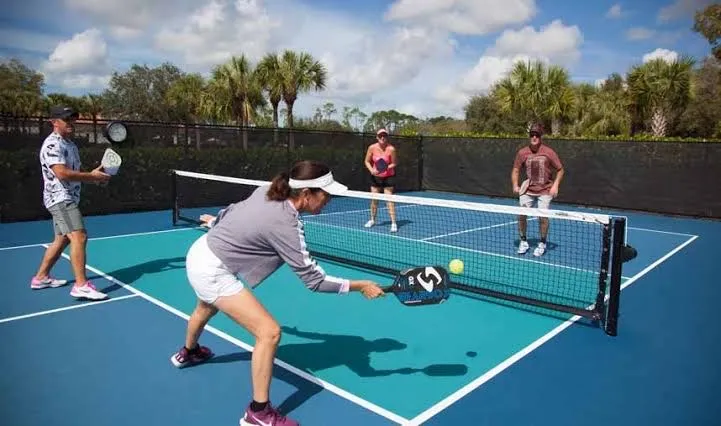
Having a strong volley gives you better control over your shots. By hitting the ball before it bounces, you can dictate the direction and pace, making it harder for your opponents to anticipate your moves. This control allows for more accurate shots and reduces the chances of making errors.
Increased shot variety
With a strong volley, you have the ability to execute various shot selections. You can drive the ball with power, perform drop shots, or hit angled shots to keep your opponents off balance. The versatility of volleys adds depth to your game and keeps your opponent guessing.
Ability to maintain pressure on opponents
A strong volley allows you to stay close to the net and maintain an offensive position. By consistently volleying the ball back, you can keep the pressure on your opponents, forcing them into defensive shots and limiting their options. This aggressive playstyle can quickly turn the tide in your favor.
Pickleball Guide _ How To Play Skinny Singles
Developing the correct technique for effective volleys
Grip and paddle positioning
The key to a solid volley starts with the correct grip and paddle positioning. Hold the paddle with a firm but relaxed grip, and position it in front of your body. This positioning will give you optimal control and a quick response time to incoming shots.
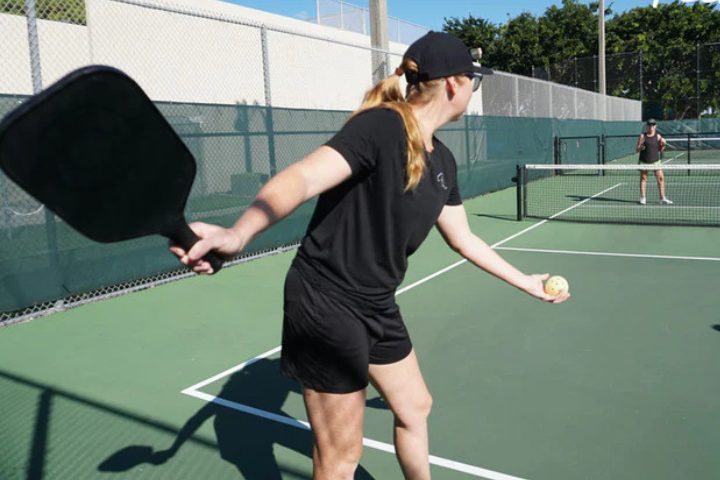
Proper body positioning and stance
To execute effective volleys, your body positioning and stance are crucial. Stand with your feet shoulder-width apart, knees slightly bent, and be on the balls of your feet. This athletic stance allows for quick movement and better weight transfer when volleying the ball.
Mastering footwork and positioning for successful volleys
Being on your toes is essential when it comes to volleys. It enables you to move swiftly in any direction, adjusting your position as needed. Staying on your toes helps maintain balance and agility, allowing you to react quickly to the ball and maintain good court coverage.
Positioning yourself for effective volleys
Positioning is key to successful volleys. Try to position yourself slightly inside or at the net to take advantage of the shorter distance to volley. This placement allows you to cut the angle of the ball and put your opponents on the defensive. Stay proactive and anticipate your opponent’s shots to position yourself optimally for effective volleys.
Remember, mastering the volley in pickleball takes practice, but with time and effort, you’ll find yourself dominating the net and having a blast on the court! So get out there, volley like a pro, and show everyone what you’re made of!
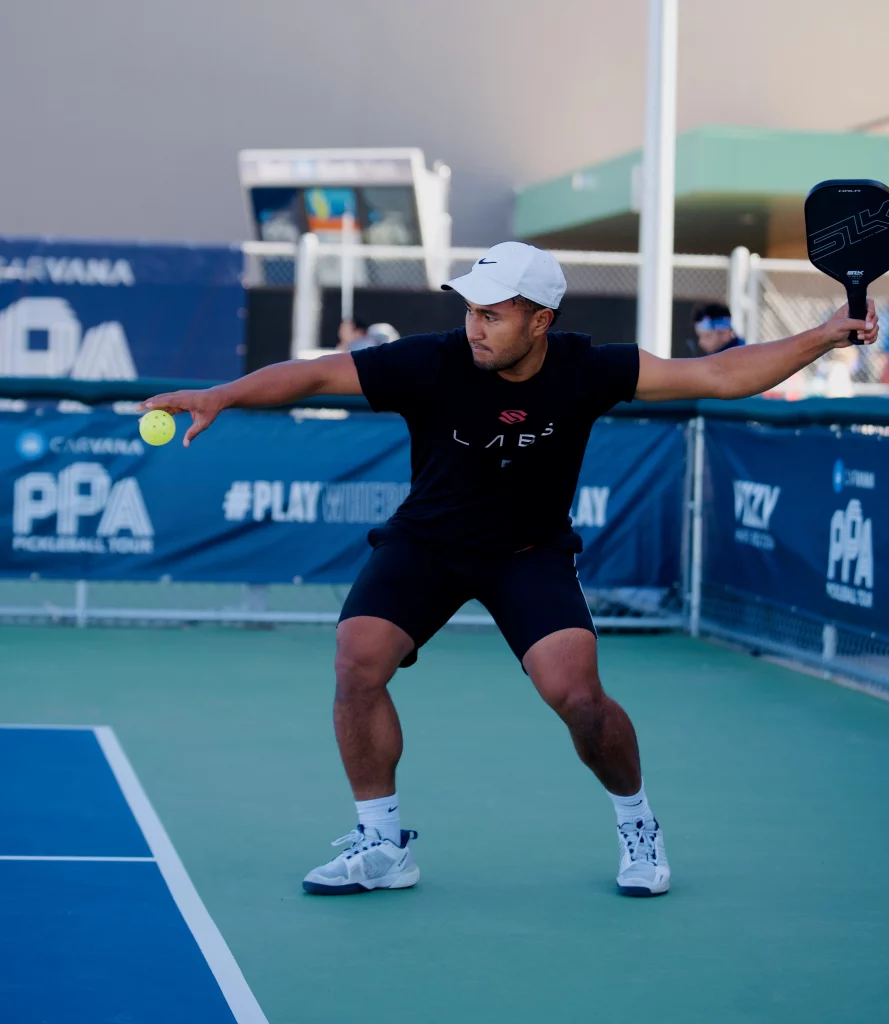
Pickleball Buying Guide _ Best Pickleball Set for Beginners!
Strategies for improving hand-eye coordination for better volleys
Focus on tracking the ball
Want to level up your volleying skills in pickleball? It all starts with improving your hand-eye coordination. One key strategy is to focus on tracking the ball. Sounds simple, right? Well, it’s easier said than done when that little yellow orb is zipping across the court. Train your eyes to follow the ball from the moment it leaves your opponent’s paddle until it reaches yours. This will help you anticipate the trajectory and respond with lightning-fast reflexes.

Hand-eye coordination exercises
Now that you know the importance of tracking the ball, it’s time to flex those hand-eye coordination muscles. There are a variety of exercises you can try to improve this skill. Juggling is a classic option that helps train your eyes and hands to work together. Alternatively, you can practice bouncing a ball against a wall and catching it with precision. Remember, the more you challenge your coordination, the more it will improve on the court.
Drills and exercises to enhance your volleying skills
Wall drills for volley practice
Ready to take your volleying skills to new heights? Wall drills are an excellent way to fine-tune your technique. Find a sturdy wall and stand a few feet away from it. Hit the ball against the wall and practice receiving it on your paddle. This repetitive exercise will help you develop a more controlled and accurate volley.
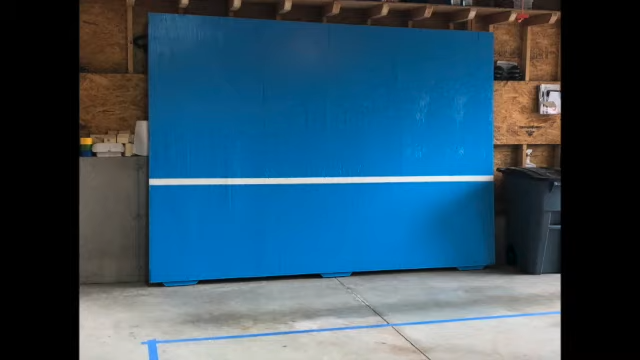
Partner drills for volleying accuracy
Practice makes perfect, especially when you have someone to rally with. Grab a partner, head to the court, and engage in some volleying drills. Start with a simple back-and-forth, gradually increasing the speed and intensity. Focus on maintaining accuracy and crisp technique. This not only improves your volleying skills but also adds an element of fun and healthy competition to your pickleball sessions.
Common mistakes to avoid when volleying in pickleball
Hitting the ball too hard or too softly
One of the most common mistakes players make when volleying is misjudging their shot’s power. Hitting the ball too hard or too softly can result in losing control and missing the mark. Finding that sweet spot requires practice and finesse. Pay attention to your paddle’s contact with the ball, aiming for a balanced and controlled strike. Remember, it’s not about brute force, it’s about precision.
Failing to react quickly to volleys
Pickleball is a fast-paced game, and agility is key. One major blunder is failing to react quickly to volleys. If you find yourself constantly caught off guard, it’s time to work on your reflexes. Incorporate drills that involve quick reaction times into your practice routine. Train your body to move swiftly and smoothly, so you’re always ready to handle those lightning-fast volleys.
More Important Pickleball Shots
Lob Shot
ENRE Shot
Third Shot Drop
Dink Shot
Serve
Utilizing volleys to gain a competitive edge in pickleball
Mastering the art of volleys can give you a significant advantage on the pickleball court. When it comes to offense, aim to put your opponent on the defensive. Practice using volleys to place the ball strategically, forcing your opponent into difficult positions. With precision and finesse, you can execute powerful offensive volleys that keep your opponents guessing and give you the upper hand.
Also Check _ Pickleball Training Machine
Defensive volleying strategies
Defense wins games, and your volleys can play a crucial role in protecting your side of the court. Focus on defensive volleying strategies that help you neutralize your opponent’s attacks. Maintain a strong defensive position, anticipate their shots, and use your volleys to keep the ball in play with accuracy and control. With the right defensive volleying technique, you can frustrate your opponents and turn their aggression against them.
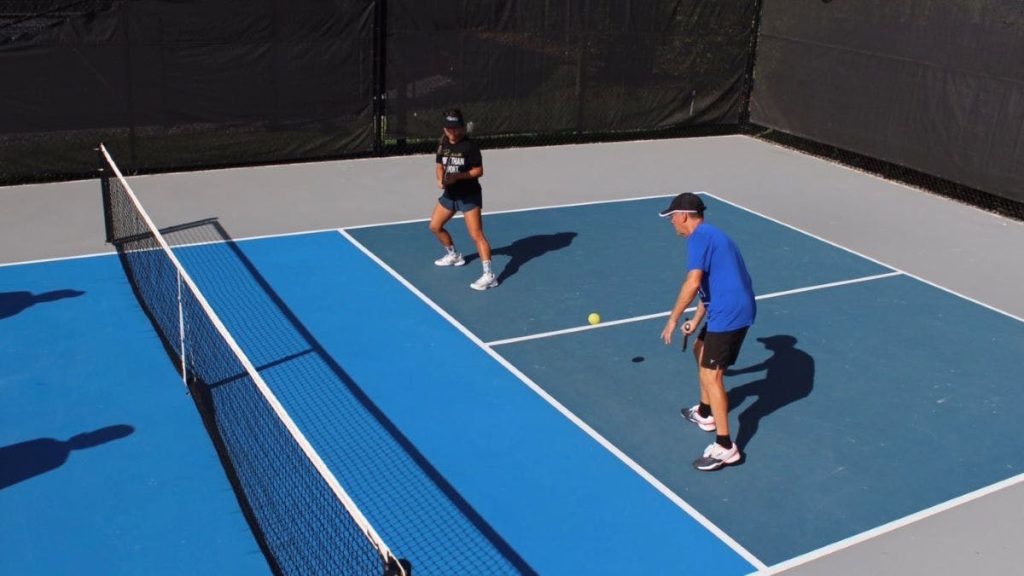
Pickleball Guide >> Is There Really a Golden Rule in Pickleball?
Final Words
The volley is a fundamental aspect of pickleball that should not be overlooked. By understanding its importance and dedicating time to develop the correct technique, footwork, and hand-eye coordination, you can significantly improve your volleying skills. Remember to avoid common mistakes and utilize strategies that suit your playing style. Whether you aim to dominate the game offensively or excel defensively, a strong volley will give you a competitive edge on the pickleball court. So, keep practicing, refining your skills, and embracing the power of the volley to take your pickleball game to the next level.
FAQs
1. Why is the volley important in pickleball?
The volley is important in pickleball because it allows you to hit the ball before it bounces, giving you more control over your shots and enabling you to maintain pressure on your opponents. A strong volley allows for better shot placement, increased shot variety, and the ability to seize opportunities during fast-paced rallies.
2. Can beginners benefit from practicing volleys?
Absolutely! Practicing volleys is beneficial for players of all skill levels, including beginners. Developing a solid volley technique early on will provide a strong foundation for your pickleball game and help you improve your overall performance. By focusing on fundamental concepts like grip, positioning, and coordination, beginners can lay the groundwork for becoming proficient volleyers.
3. What are some common mistakes to avoid when volleying in pickleball?
Some common mistakes to avoid when volleying in pickleball include hitting the ball too hard or too softly, failing to react quickly to volleys, and not maintaining proper body positioning. These errors can lead to loss of control, weak shots, and missed opportunities. By being mindful of these common pitfalls and practicing proper technique, you can avoid these mistakes and enhance your volleying skills.
4. Are there any specific drills or exercises to improve volleys?
Yes, there are several drills and exercises that can help improve your volleying skills. Wall drills, where you practice hitting the ball against a wall, can enhance your hand-eye coordination and control. Partner drills, such as practicing volleys with a partner, can improve your accuracy and reflexes. Additionally, incorporating agility and footwork exercises into your training routine can further enhance your ability to move quickly and position yourself effectively for volleys.